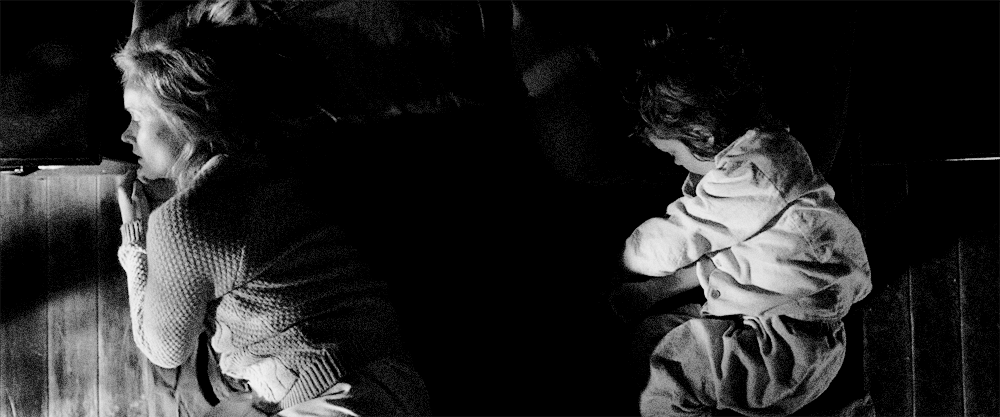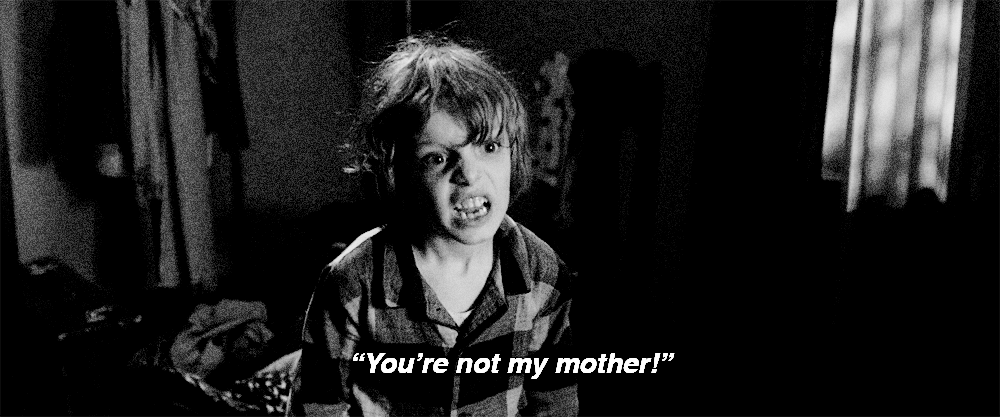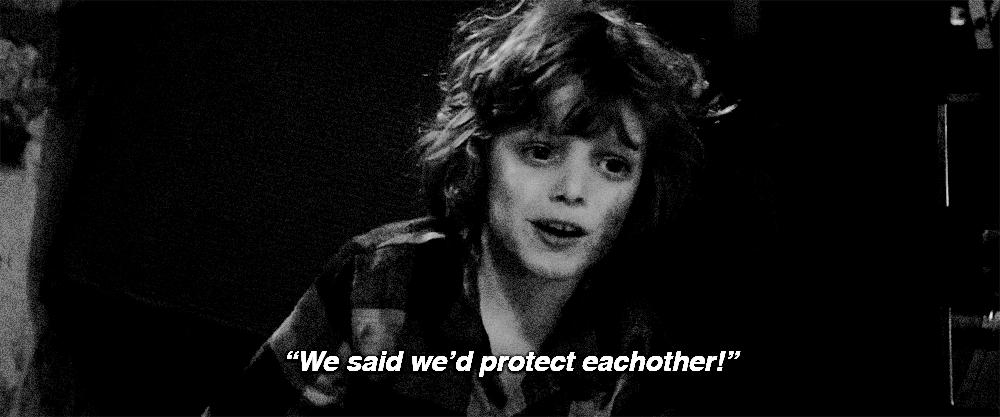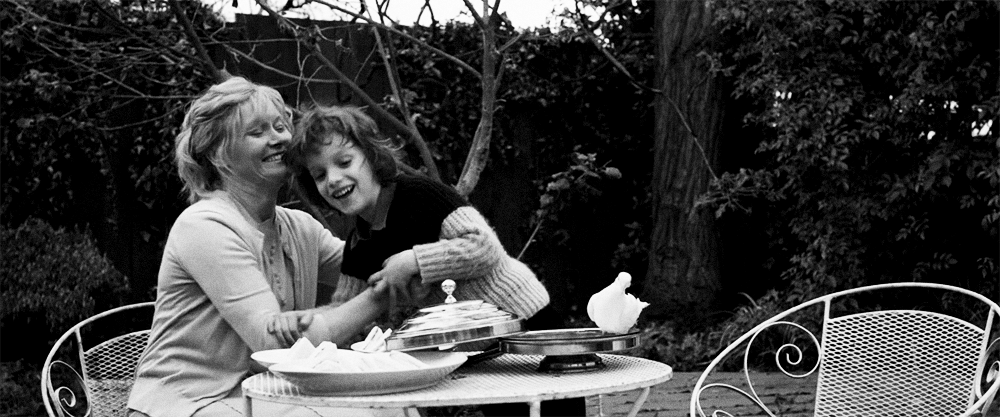In The Babadook the two main characters, Amelia and Sam, alternate their roles in the story about half way through the film, splitting the movie into two acts as Kent portrays the perspectives of the mother and son. The characters both play the part of the protagonist and antagonist, and eventually the film results in a violent confrontation between Sam and a Babadook possessed Amelia.
The first half of the movie is told through Amelia's perspective, showing her struggles with Sam as an unruly problem child. The first interaction that we are shown in the movie between the two main characters, is when Sam comes to seek Amelia for comfort in the middle of the night. Sam holds on to his mother too tightly, and the camera focuses on Amelia’s agitation at having her son be dependent on her for support. She even moves away from Sam in their bed, showing how disgusted she is by his presence and his love of her.

Amelia resents Sam for the loss of her husband, and for the most part the audience is meant to agree with her. Sam is an annoying, rude, and unmanageable little boy that provokes sympathy from the audience for anyone that has to deal with him. Sam has frequently been featured on lists for the most “obnoxious children in horror” and, as evidenced by the multitude of anti-Sam memes on social media, Sam is mainly disliked by audiences (Thurman). This is the intention of the director as she puts us into Amelia’s shoes as she tries to handle a son that she does not want.
This intention vanishes about halfway through the movie when the characters completely switch roles, with Sam becoming the protagonist. Sam becomes our central character after Amelia is possessed by The Babadook. We follow him as he cleverly fights back against his mother with a variety of weapons, traps, and quick thinking, eventually prompting an exorcism from Amelia and saving her from the possession.

This is a stark change from earlier in the film, where Sam is portrayed as a burden on Amelia. We now see the world from his perspective, and are front and center to his struggle of dealing with a mother that just doesn’t like him. It’s at this point when the audience realizes that Sam’s true monster in the film is not The Babadook, but Amelia herself.
Sam is never shown interacting with The Babadook in it’s true form. His only on screen interactions with the malevolent creature are when he is talking to thin air in the first half of the movie. Sam manifests The Babadook, but at the same time he never actually faces it. Instead, Sam only confronts Amelia herself— who is Sam’s antagonist throughout the film. It’s here where Kent focuses not only the ramifications of Amelia's depression on herself, but also on her child. Sam is ostracized and emotionally stunted by Amelia’s resentment of him, and frequently comments on how he is aware his mother does not love him. It’s Amelia’s disdain for Sam that sends him into an emotional spiral that he must battle against throughout the film, and ultimately Kent places blame on Amelia for this shortcoming of her parenthood.

